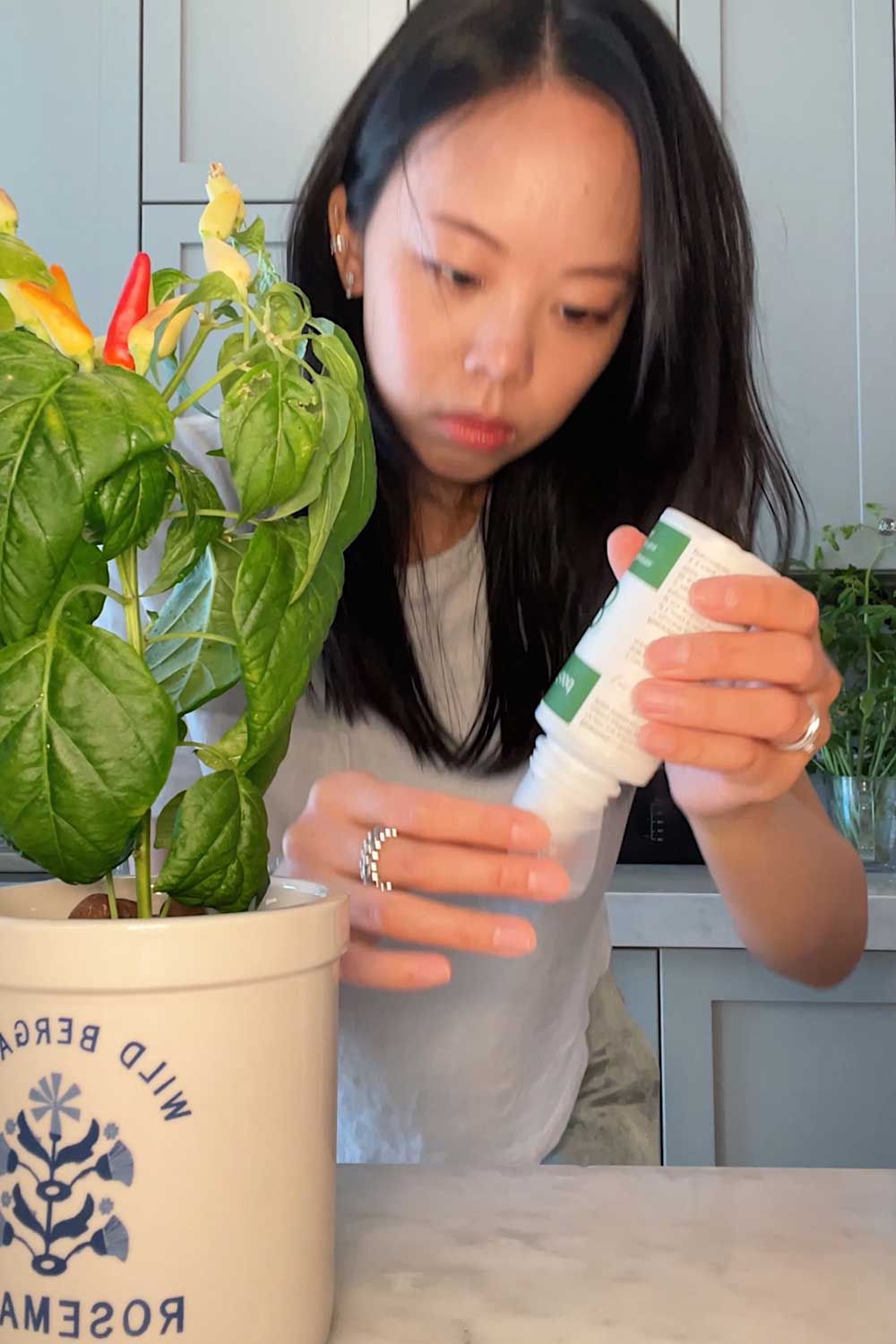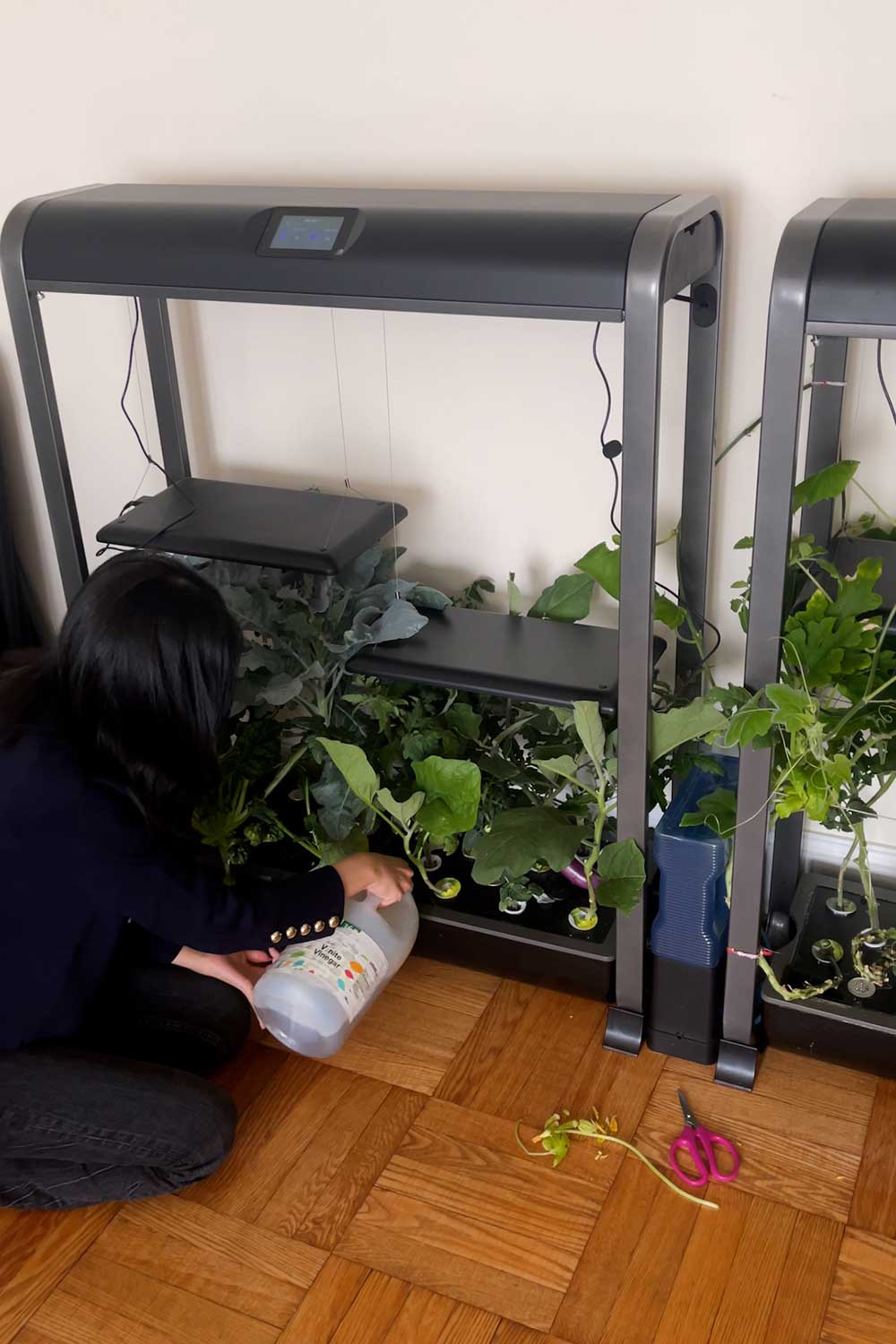The main difference in growing plants in soil vs water is in how you deliver nutrients.
With traditional outdoor gardening, plants get their food from the soil.
Indoors, with hydroponics, you’ll need a water soluble way to deliver nutrients in order to achieve healthy, tasty vegetables.
So I’m writing a series of guides covering everything you need to know about hydroponic plant nutrition.
First up, what nutrients do plants even need?
Hydroponic Nutrients
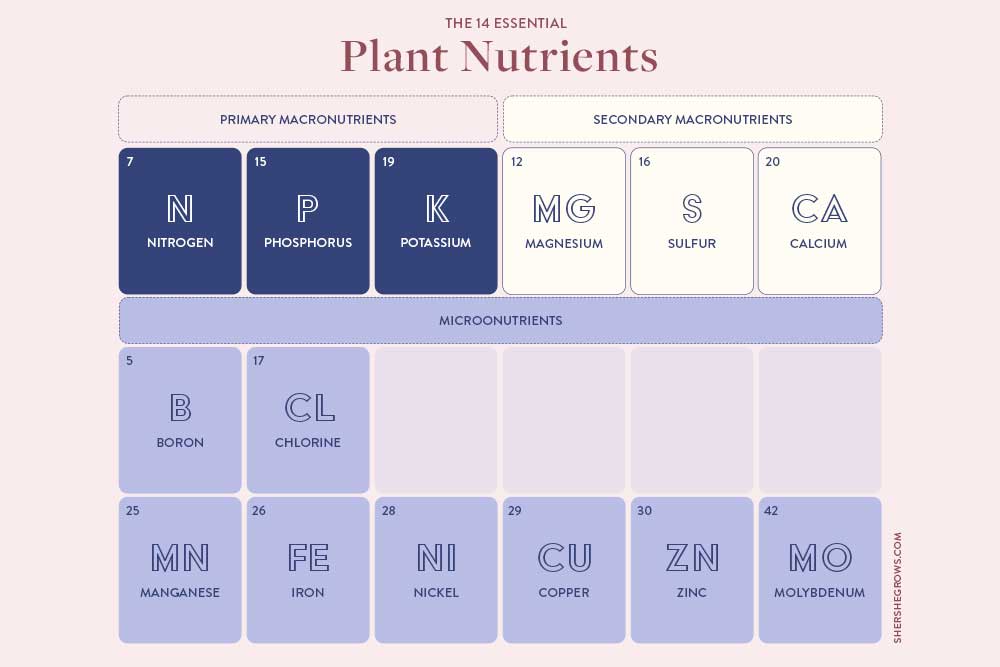
Why Are Nutrients Important in Hydroponics?
In hydroponics, plants are grown entirely in water so they’re dependent on you for their nutrient needs.
You know how gardeners are always saying how crucial compost is for great tasting outdoor vegetables?
Well, the nutrients you add to your plants is essentially the hydroponic equivalent of compost.
All soil has some level of microbes and nutrients.
So growing plants in soil, even low quality soil, will give them some level of nutrition.
But in an indoor hydroponic garden, we use inert media like rockwool, clay pebbles or sponges.
These chemically inactive growing mediums won’t provide any nutritional benefit for our plants. So, you must add nutrients to hydroponic setups and using high quality nutrients is important!
If you’ve tried hydroponic gardening and find that your plants look fine but taste poor, it’s likely there was an issue with the nutrients.
Read more: Every Nutrient Brand I’ve Tried, with Pros & Cons
Basics of Plant Nutrition
Plant nutrients are broadly categorized into three groups:
- Macronutrients
- Micronutrients
- Micronutrients
All are essential for overall development and growth, but macronutrients are needed in the largest quantities so they’re also known as the primary nutrients.
Secondary nutrients are also vital, but needed in smaller quantities. Typically, your nutrient solution will contain enough of these that additional supplementation isn’t needed.
And micronutrients are needed in very small doses!
You’ll mainly want to focus on macronutrients in your hydroponic nutrient formula, especially for beginner indoor gardeners, but I’ll go over all of them below.
Read more: Everything You Need to Know About Aerogarden Plant Food
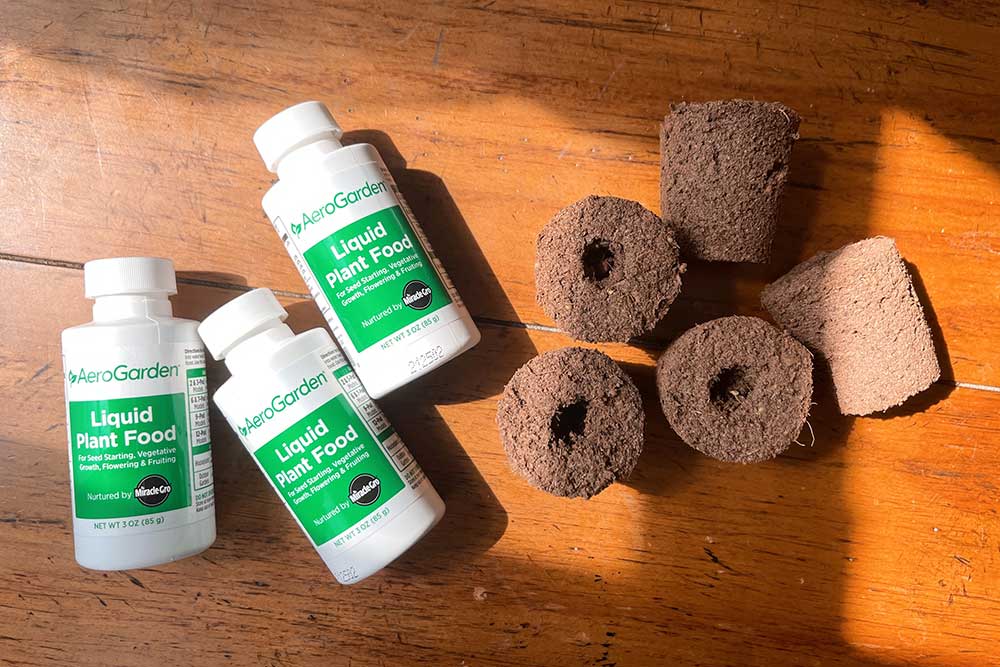
if you’re starting out, using pre-formulated liquid nutrients like this one are easiest
Macronutrients
Plant macronutrients include
These three can’t be accessed in an hydroponic setup without you supplementing them.
Nitrogen (N)
Nitrogen is the most important of all the hydroponic nutrients.
It produces chlorophyll and contributes to photosynthesis.
If you’re rusty on your high school biology like I am, what it means is nitrogen is the primary macronutrient responsible for leaf and stem growth.
It also impacts the overall size, color and vigor of your plants. Nitrogen is crucial in the initial vegetative stage of plant growth, as plants develop leaves.
Phosphorus (P)
Phosphorous also plays a role in photosynthesis but is more involved with energy transfer in the plant.
Phosphorus is crucial during the bloom stage, by helping your plants to bud and form flowers.
Potassium (K)
Potassium is necessary for every stage of growth.
Whereas nitrogen is more important during the ‘veg’ phase and phosphorus during the ‘bloom’ stage, potassium should be consistently provided to your plants.
Potassium triggers enzymes that activate the manufacture and movement of sugars and starches. It also increases chlorophyll in foliage, helps with strong root growth and encourages strong water uptake.
In short, potassium helps your plants become more resilient.
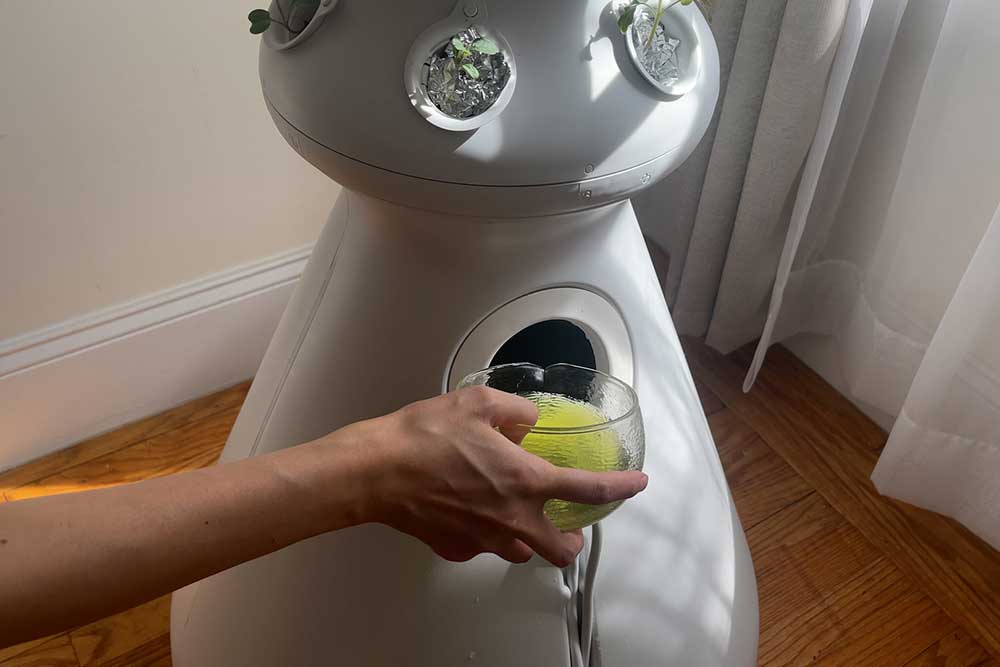
feeding nutrients to my vertical tower garden
Secondary Nutrients
Secondary nutrients for plants include:
These are also important, but used by plants in smaller quantities. Typically, you’d only help supplement these if you notice signs of a deficiency.
A popular supplement is Calmag, for calcium deficiencies.
Magnesium (Mg)
Magnesium helps plants with nutrient uptake.
The atom is found within chlorophyll molecules and helps the plant absorb light energy as it grows. It utilizes other nutrients and neutralizes toxic compounded produced by the plant.
Essentially, it helps the root zone more easily absorb other nutrients.
Sulfur (S)
Sulfur supports many plant functions, like the formation of enzymes.
It’s a crucial part of the growth process of plants, when they’re creating new proteins.
Calcium (Ca)
Calcium helps plants develop strong cell walls and plant roots.
It’s important for the structural integrity of a plant, similar to how in humans calcium helps us form strong bones!
Calcium concentrates itself in roots and ‘older’ growth, so it moves slowly through a plant as it grows. It also buffers against excess nutrients.
If your plant exhibits distress, it’s typically a lack of calcium. You can try adding calmag to resolve the isuse.
nutrients come in all different formulations and brands. make sure you’re using nutrients specifically formulated for hydroponics
Micronutrients
Boron (B)
Boron works with calcium to create cell membranes with structure and functionality. It also helps in seed production and pollination.
Chlorine (Cl)
Chlorine helps with nutrient transportation throughout the plant. It also aids in photosynthesis and helps reduce the effect of fungal infections.
Copper (Cu)
Copper aids in plant respiration.
It also helps with nitrogen, protein and glucose metabolism and serves as a plant’s natural fungicide.
Iron (B)
Iron is a primary catalyst in the production of chlorophyll. It’s used in photosynthesis and is part of several enzymes associated with energy provision.
Manganese (Mn)
Manganese helps produce oxygen during photosynthesis. It also works with plant enzymes to reduce nitrates before making proteins.
Molybdenum (Mo)
Molybdenum fixes nitrogen from the air and converts it to ammonia, helping the plant to function properly.
It’s most active within seeds and roots.
Nickel (Nl)
Nickel is the most recently discovered micronutrient. It’s involved in nitrogen metabolism and biological nitrogen fixation.
For this reason, plants that are heavy nitrogen fixers like beans use more nickel than other vegetables.
Zinc (Zn)
Zinc helps in the formation of chlorophyll. Only very trace amounts are enough for plants.
Hope this quick guide to plant nutrients was helpful!
If you’re wondering how to read a hydroponic nutrient label to determine which is right for you, read my next post on Understanding N-P-K ratios.
Follow me on
